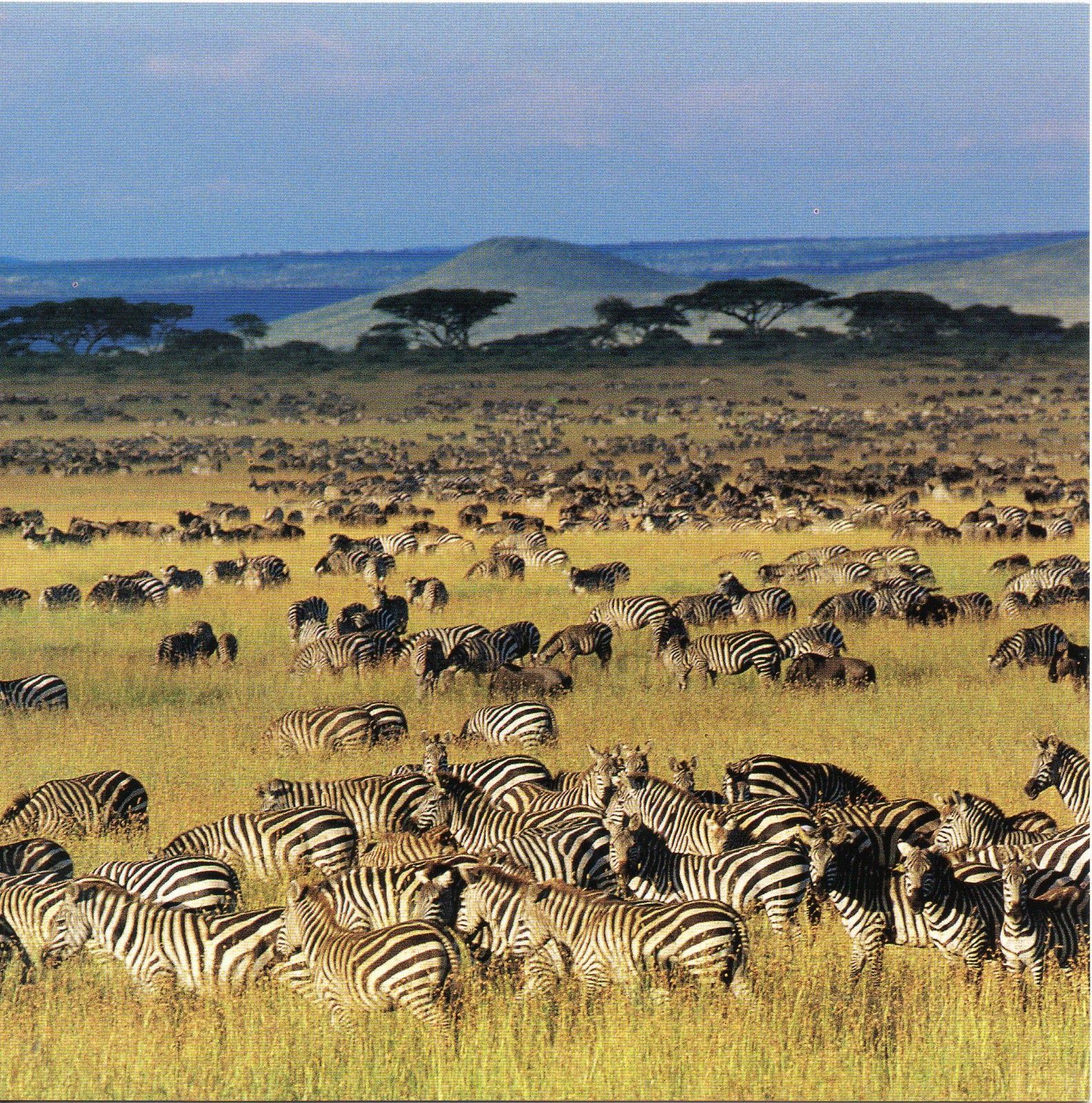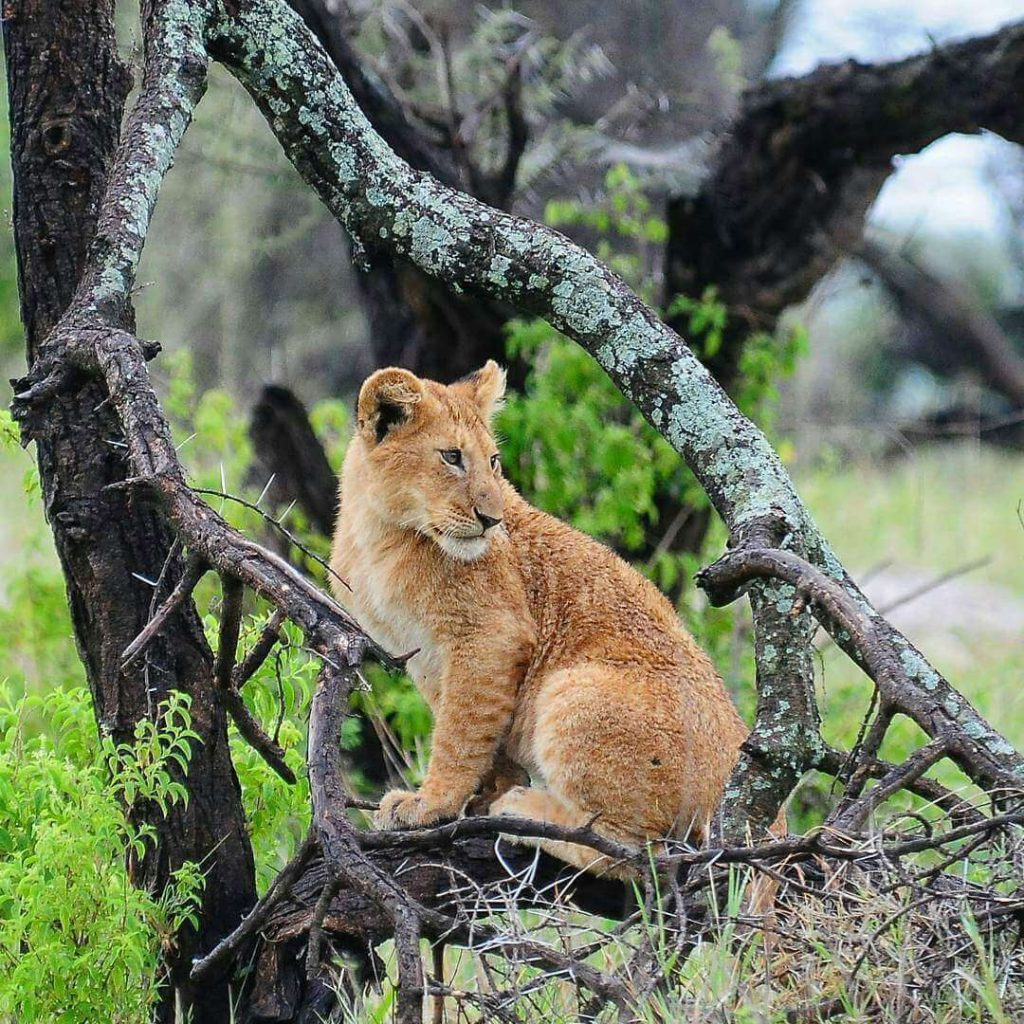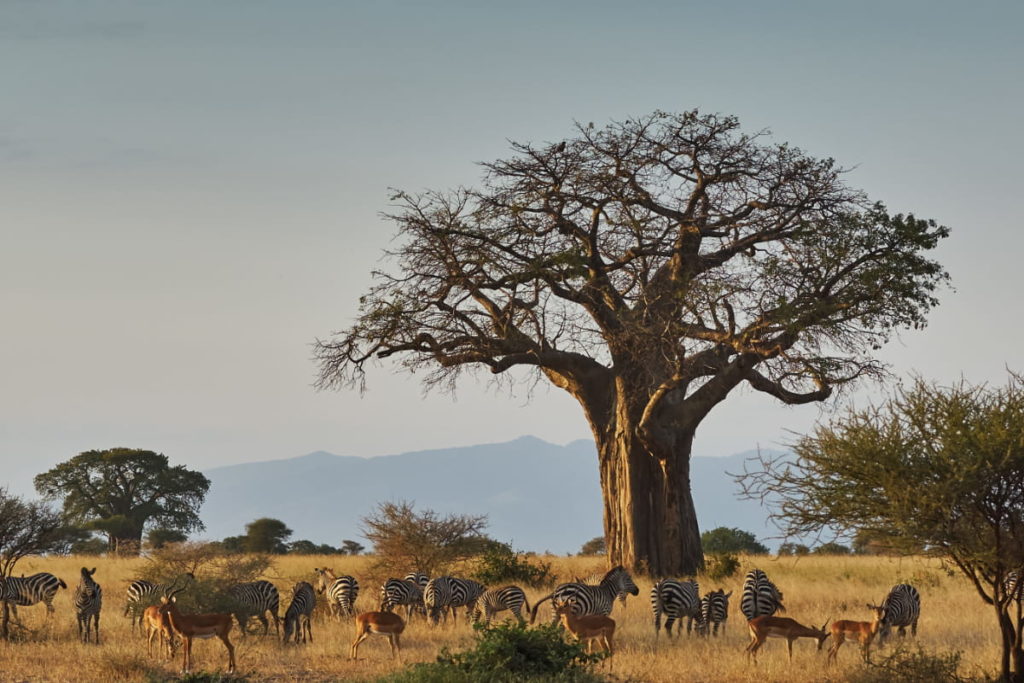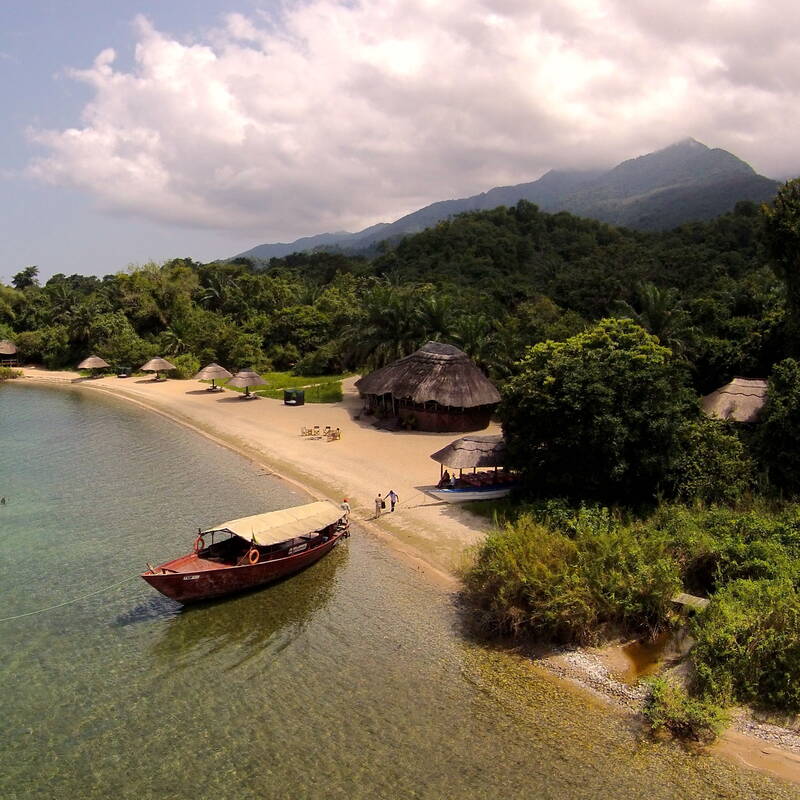Nyerere national park
Nyerere national park (formerly Selous game reserve) is a UNESCO World Heritage Site in southern Tanzania. It is the largest protected area in Africa covering over 50,000 square kilometres of forests, grasslands, open woodland and mountains. Located about 219 kilometres from Dar-es-salaam, the hidden gem offers remarkable wildlife experiences to travellers. In addition, the reserve also offers a wide range of accommodation for all types of travellers.
Nyerere national park is home to a variety of wildlife species including buffaloes, lions, giraffes, wildebeests, hippos, crocodiles, impalas, puku antelopes, sable antelopes, elands, waterbucks, hyenas, African wild dogs, bushbucks, Lichtenstein’s hartebeests and zebras, to mention but a few. More to that, the reserve hosts over 445 bird species including the migratory birds. Birds include Giant kingfishers, African fish eagles, bee-eaters, hornbills, turacos, African skimmers and Pelicans, etc. it is visited during the months of June to October.











